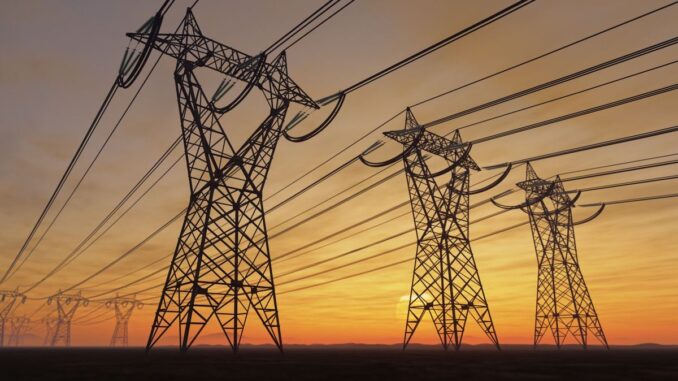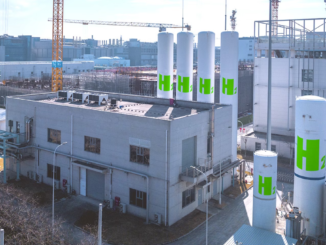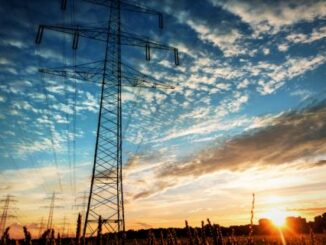
California and the Midwest are the leading U.S. regions for transmission planning and development, partly because they consider future generation and load in their plans, according to a report released Wednesday by Americans for a Clean Energy Grid.
The Southeast received an F, the worst grade. “The region makes little information available to the public, has limited opportunities for stakeholders to engage meaningfully and has built and planned minimal regional transmission,” the report said.

ACEG, an advocacy group for transmission, hopes policymakers and stakeholders will use the report to bolster transmission planning and development in their regions.
The report comes as the Federal Energy Regulatory Commission is considering initiatives focused on regional transmission planning and increased transfer capacity between regions. Also, harsh weather is increasingly stressing the grid, in some cases leading to blackouts that could have been alleviated by a less balkanized power system.
ASEG’s report is based on four metrics: planning methods and best practices, which accounts for 65% of each grade; miles of transmission built and future transmission plans, making up 20% of the grade; transmission capacity available for new resources, accounting for 7.5% of a grade; and, grid congestion, making up 7.5% of each grade.
Performance is falling in all regions on transmission capacity available for new resources, congestion and the amount of transmission built in recent years, the report found.
“Congestion is rising, delays and costs for interconnecting new projects are increasing, and very little new high-capacity transmission is being built,” the report said.
Through the Midcontinent Independent System Operator, the Midwest is performing some of the best transmission planning in the country through its Long Range Transmission Planning process, called the LRTP, according to the report.
MISO’s board in July approved $10.3 billion in transmission projects for the grid operator’s northern region and is developing a second round of projects slated to be voted on next year.
MISO’s LRTP process is a model for the U.S., panelists said Wednesday during an ASEG webinar.
“In many ways, LRTP represents what we want regional planning to be able to achieve,” Devin McMackin, ITC Holdings manager of federal affairs, said. “It has a region coming together with stakeholders to take a long-term look into the future and try to find transmission investments that provide the most benefits to customers.”
In its planning process, MISO looks at a range of benefits transmission can bring, which helps ensure the most cost-effective projects are built, according to Karen Onaran, president and CEO of Electricity Consumers Resource Council, a group representing industrial and large commercial companies.
“If we’re only solving for one contingency or one issue we’re going to end up overpaying, because it really is just a patchwork of incremental builds,” she said.
Manufacturers and other companies looking to build facilities in the U.S. can use the ASEG report to assess transmission-related risks, according to Onaran.
“Where is comprehensive transmission planning happening? Where are the regions that there is less risk of transmission being built that is maybe not multi-value and maybe is just a band aid,” Onaran said.
Improved transmission planning and development is key to a nation that is reindustrializing and electrifying and where there can be significant grid congestion and Black Swan weather events are becoming normal, Thomas Coleman, executive director of the Grid Security Project at Securing America’s Future Energy.
More transmission capacity can ease those issues while taking advantage of time zone differences in the U.S. so that, for example, solar power can be delivered from areas where the sun is shining to where it is setting, he said.



